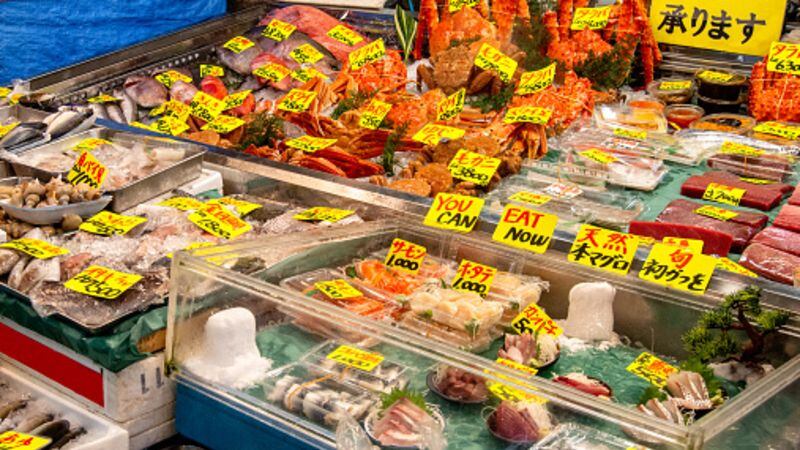The Japanese Ministry of Agriculture , Forestry and Fisheries (MAFF) recently published a feature report on ‘Impacts and Responses to COVID-19’ as part of its 2020 analysis on Food, Agriculture and Rural Areas, highlighting how the pandemic has incentivised both local consumers and food and beverage businesses to go local.
“One of the major new movements with regards to food and agricultural demand has been [increased support] of local food products and ingredients,” said MAFF via the report.
“[Our surveys found that] 10% of consumers said they will carry out ‘supporting consumption’ and purchase products from domestic companies who have lost their sales channels; and 30% of the food industry has said they intend to increase transactions with domestic food producers.
“A lot of this is consumer-oriented as [these food firms] have found that some 50% of their consumers are also inclined to purchase domestic and support local.”
As per the ministry’s data, consumer orientation was the major reason for going local at 49.8%, followed by providing added value and differentiation to branding (40.4%), ensuring food safety (35.1%), risk hedging by diversifying ingredient sources (35%) and contributing to the sustainable development of domestic products (32.5%)
Another likely reason behind this change is a lack of ingredient imports, with major producing countries such as Russia having imposed grain export restrictions in response to the pandemic. According to a statement by the Russian Grain Union, the country was initially expected to export 51 million tonnes of grain in the 2020 to 2021 season, but this will be curbed with the introduction of steep export taxes to regulate and reduce local food prices.
“[Globally], there are 19 countries including grain exporters such as Russia which have implemented export restrictions due to the spread of diseases – [Japan aims to] promote international cooperations which will avoid impacts on national [food] security, such as proposing the restraint of [such] export restrictions,” said MAFF.
That said, the reasons behind local food firms not being as locally-oriented prior to the pandemic were also brought to the surface, with several challenges of working too exclusively with local produce or only buying local products highlighted in the ministry’s white paper.
“The top challenge in transactions with domestic producers were shown to be high, unstable market prices at 68.5%. This was followed by firms facing difficulties in securing fixed quantities [of ingredients to make their products] (32.1%), difficulty to maintain [constant] trade throughout the year (28.4%), and logistical issues (26.2%),” stated the report.
In order to support food firms’ and consumers’ support of local items, it will be much more important for the government to focus on eliminating or at least improving these major challenges whilst the intention to go local is still strong.
At present it seems that the government wants to focus on converting consumers to this via cultural and educational methods such as highlighting local cuisines in each of its 27 prefectures, and implementing target nutritional values based on local food product consumption.
Overseas protection
The white paper also placed a lot of focus on improving the country’s exports and overseas IP protection, with MAFF emphasising the role of the recently-established Exports and International Bureau in Japan’s 2030 food exports vision.
“Japan’s Export Expansion Action Strategy for Agriculture, Forestry, and Fishery Products, and Food will be implemented as three [action plans]: First was the identification of products that maximise Japan’s strengths and set export targets for this, second was to invest in business and building up logistics to support exports, and third was to overcome export obstacles such as building HACCP facilities and strengthening measures to prevent IP outflow,” stated the report.
“[Within the latter, two measures have been implemented which are] the Geographical Indication (GI) system to protect the names of distinctive products unique to the region as intellectual property, and revised regulations to protect prevent the improper distribution of genetic livestock resources.”
Apart from these two measures, Japan also recently approved a bill to increase IP protection over local high-value produce such as Shine Muscat grapes and Shinano apples.





